4 Types of Coral
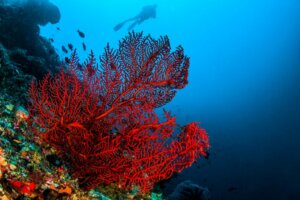

Reviewed and approved by the biologist Samuel Sanchez
Corals inhabit temperate, shallow, clear waters with tropical temperatures, where they form large reefs. All types of coral function as centers of activity for marine life.
Coral reefs are one of the most diverse and valuable ecosystems on the planet, as they help protect coastlines – strips of land by the sea – from wave and storm damage and are home to thousands of animals and organisms. Learn about 4 types of coral and their characteristics here.
Why are all types of coral important?
According to the WWF, coral reefs – classified as endangered by the IUCN – are considered the tropical rainforests of the sea. These biological formations cover less than 1% of the sea floor, but they support approximately 25% of all life in these ecosystems, that is, more than 4,000 species of fish.
Additionally, roughly 500 million of the world’s people depend on corals for food, coastal protection, and income from tourism and fishing, according to the United States Environmental Protection Agency. Undoubtedly, these living beings are beneficial in many ways.
General characteristics
Corals are living beings that are related to hydrozoans, jellyfish, and sea anemones. In addition, those that make up reefs need to photosynthesize, so most live in shallow, transparent waters, where sunlight can penetrate.
Many of them get their color from the algae that live inside them, since the polyps that form corals are transparent. Currently, their life is threatened by unsustainable fishing, agricultural and urban rainwater, deforestation, tourism and climate change, as indicated by sources already cited.
4 types of coral
There are shallow and deep sea corals and each type of coral is unique and interacts with the environment differently. According to Keene State University, there are more than 2,000 types of coral that form reefs and play a key role in the ecosystem. Next up, you’ll get to know four of them.
1. Stony corals (Scleractinia)
Stony corals are very important, as they are the bed of the reef. They’re made up of thousands of individual polyps that extract calcium from seawater and solidify it into a hard mineral structure, which acts as a skeletal support. This type of coral can be decades old.
Hard coral species can be found in all the world’s oceans. Still, their populations are said to be in decline, due to global changes and ocean acidification.
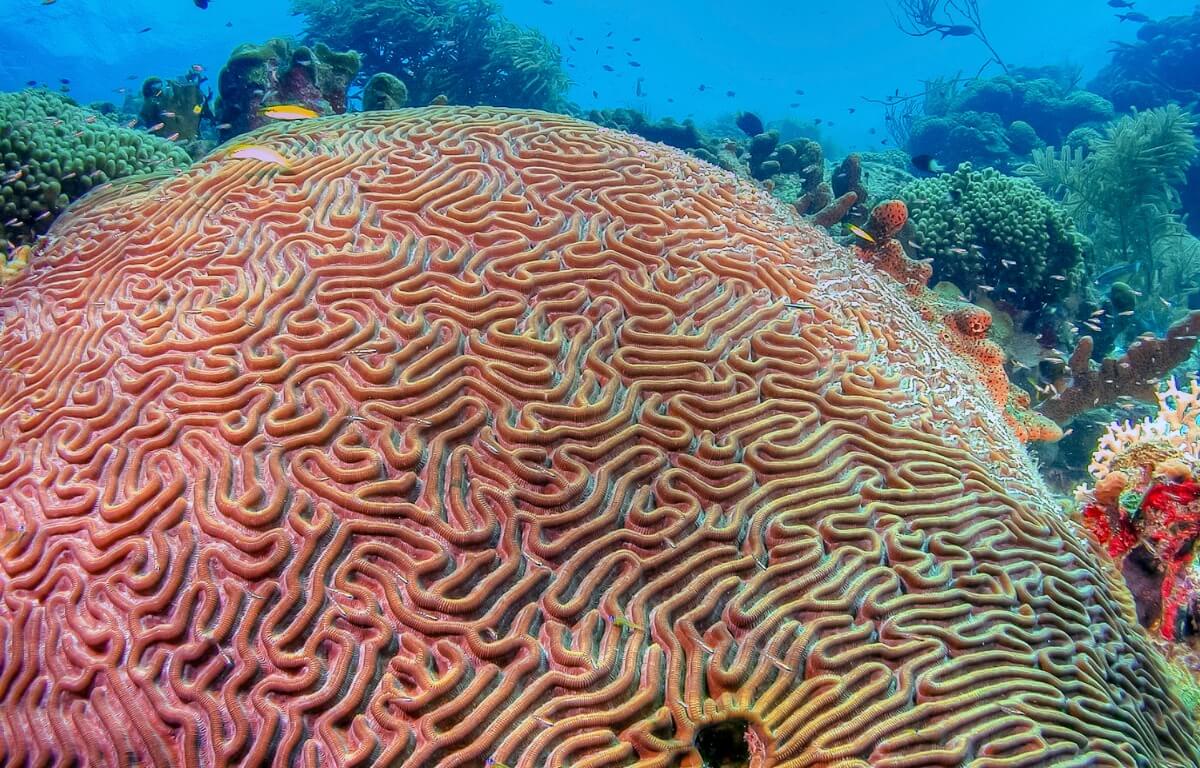
2. Soft corals (Alcyonacea)
Soft corals often look like plants and trees. They prefer to live in nutrient-rich waters with less intense light. They don’t have a hard skeleton like stony coral, so they’re soft and flexible. These types of coral are also known as hermatypic.
Examples of soft coral in the Bahamas and the Caribbean include sea fingers or sea whips.
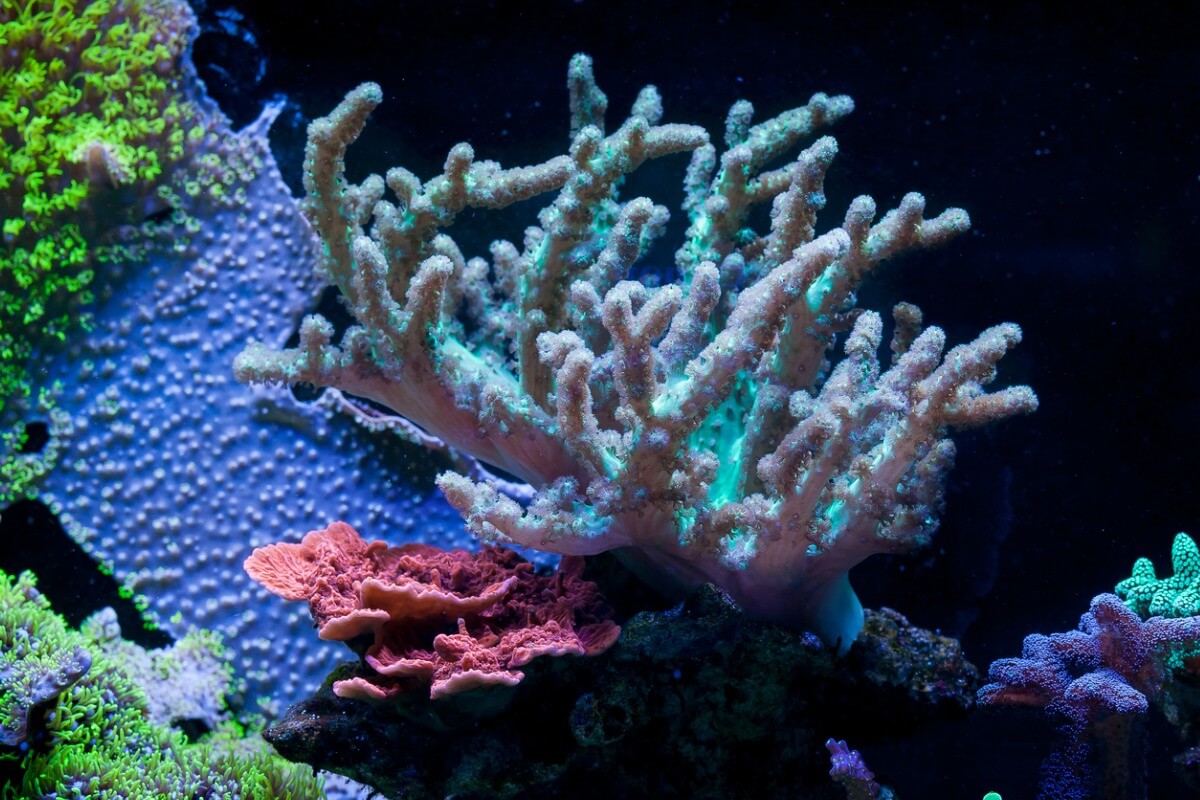
3. Deep-sea coral, the most diverse types of coral (Cnidarias madreporic and related)
Deep-sea coral can be found in dark areas, up to 6,000 meters below the ocean’s surface. They live in icy water with little to no sunlight, so they can grow in many waters around the world. Almost as many deep-sea corals have been identified as shallow-sea species.
In addition to being surprisingly diverse, scientists have also discovered that deep-sea corals are among the oldest marine organisms on record. Some coral reefs have been actively growing for almost 40,000 years.
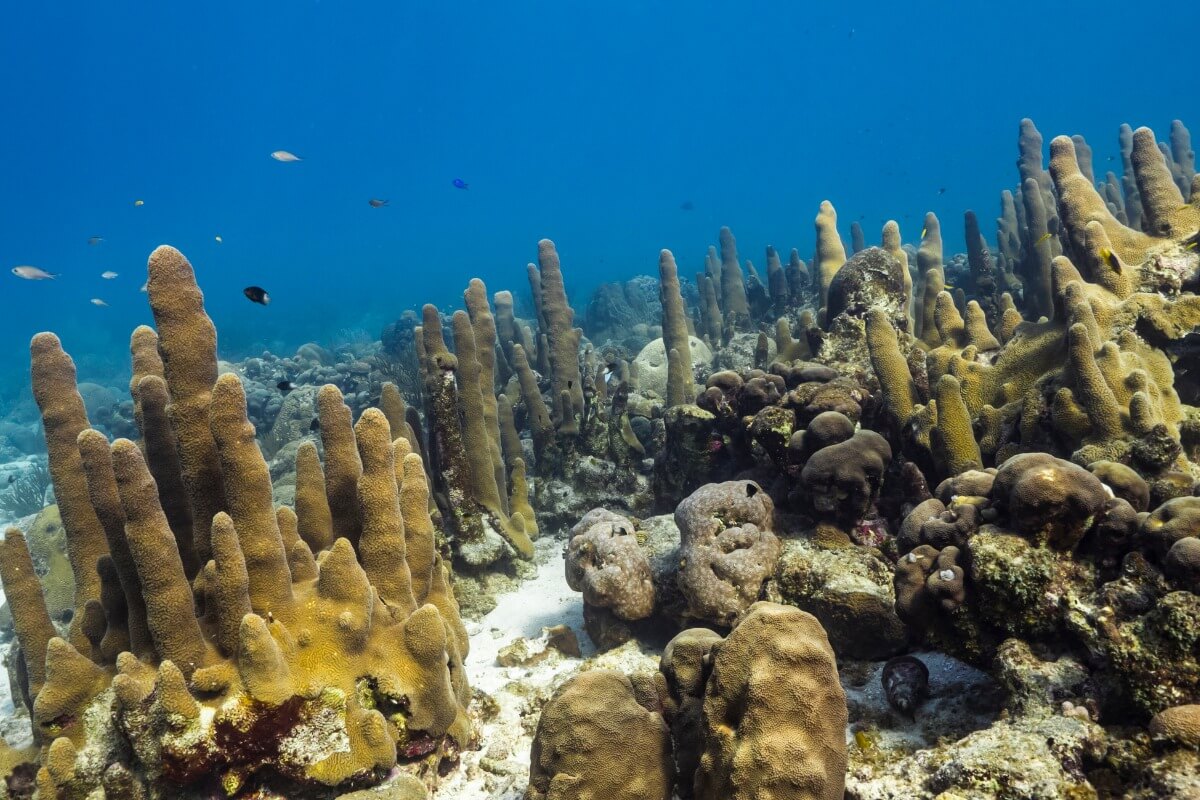
4. Fire corals (Milleporidae)
Also called Milleporas, fire corals represent the only genus of coral in the family Milleporidae. It’s found in the group of false hard corals or hydrozoans. This coral has a polyp phase and a jellyfish phase.
Their name is due to the fact that they have a hard external skeleton and cells that can cause a burning sensation when touched.
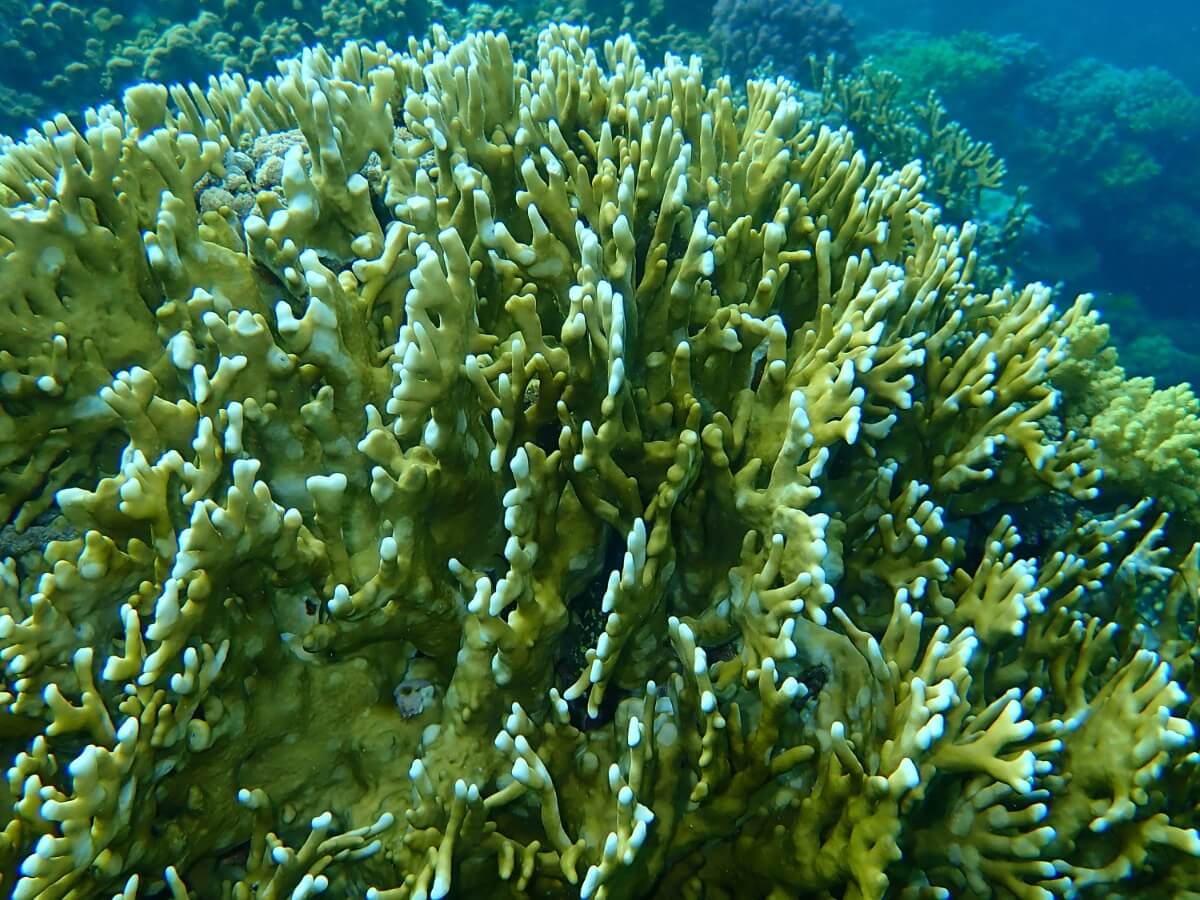
We’ve shown you the most amazing types of corals, but unfortunately, it’s impossible to end this topic on a positive note. Coral reefs are in serious danger due to climate change and marine pollution. If we don’t act as a species soon, these living things will end up disappearing from aquatic ecosystems.
All cited sources were thoroughly reviewed by our team to ensure their quality, reliability, currency, and validity. The bibliography of this article was considered reliable and of academic or scientific accuracy.
- Agencia de Protección Ambiental de Estados Unidos. (2021, 21 abril). Información básica sobre los arrecifes de coral. US EPA. https://espanol.epa.gov/espanol/informacion-basica-sobre-los-arrecifes-de-coral
- by Keene State College Students. (s. f.). A Student’s Guide to Tropical Marine Biology – Simple Book Publishing. Pressbooks. Recuperado 14 de mayo de 2021, de https://tropicalmarinebio.pressbooks.com/
- Colaboradores de Wikipedia. (2020, 1 junio). Millepora. Wikipedia, la enciclopedia libre. https://es.wikipedia.org/wiki/Millepora
- WWF. (s. f.). Corales. Recuperado 14 de mayo de 2021, de https://www.wwfca.org/especies_yllugares/corales/
This text is provided for informational purposes only and does not replace consultation with a professional. If in doubt, consult your specialist.